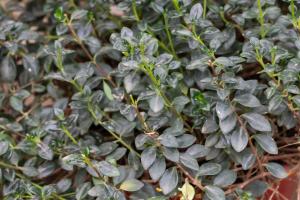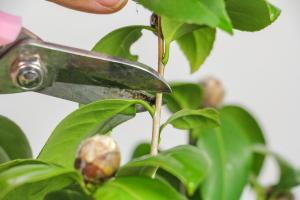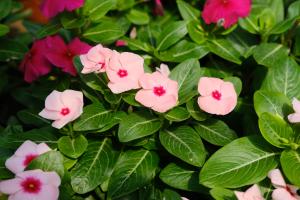Introduction
Water is an essential component of all living organisms. It plays a vital role in various physiological and metabolic processes. Plants and animals both require water for their survival, growth, and development. The process of releasing water vapor from their bodies is known as transpiration in plants and evaporation in animals. This article will discuss how plants and animals release water vapor and the factors that influence these processes.
Transpiration in Plants
Transpiration in plants is the process of releasing water vapor from the leaves through tiny pores called stomata. Stomata are present on the lower surface of the leaves and are responsible for regulating the exchange of gases and water vapor between the plant and the environment. The process of transpiration is vital for the uptake of water and minerals from the soil and the maintenance of plant temperature.
Transpiration is influenced by various factors such as temperature, humidity, wind, light, and soil moisture. Higher temperatures and lower humidity increase transpiration rates. Wind conditions can impact the rate of water evaporation from the leaves. Bright light increases the rate of transpiration, whereas low light conditions reduce it. Soil moisture is also essential for the maintenance of plant water balance.
Evaporation in Animals
Evaporation in animals is the process of releasing water vapor from the skin and lungs. In animals, water is required for the regulation of body temperature, digestion, and excretion. The process of evaporation occurs through the process of respiration and perspiration.
Respiration in animals involves the exchange of gases and water vapor between the lungs and the environment. During respiration, water vapor is released from the lungs into the atmosphere. Perspiration is the process of releasing water vapor from the skin through sweat glands. Perspiration is vital for the maintenance of body temperature in animals.
Factors Affecting Evaporation in Animals
The rate of evaporation in animals is dependent on various factors such as temperature, humidity, and wind speed. Higher temperatures increase the rate of evaporation, whereas high humidity reduces it. Wind conditions can also impact the rate of water evaporation from the skin and lungs. In addition, factors such as physical activity and body size can also influence the rate of evaporation in animals.
Conclusion
Water is an essential component for the survival of both plants and animals. The processes of transpiration in plants and evaporation in animals are responsible for releasing water vapor from their bodies. These processes are influenced by various factors such as temperature, humidity, wind, light, soil moisture, physical activity, and body size. Understanding these processes and their influencing factors is crucial for the maintenance of water balance and temperature regulation in plants and animals.

 how many times do yo...
how many times do yo... how many planted tre...
how many planted tre... how many pine trees ...
how many pine trees ... how many pecan trees...
how many pecan trees... how many plants comp...
how many plants comp... how many plants can ...
how many plants can ... how many plants and ...
how many plants and ... how many pepper plan...
how many pepper plan...































